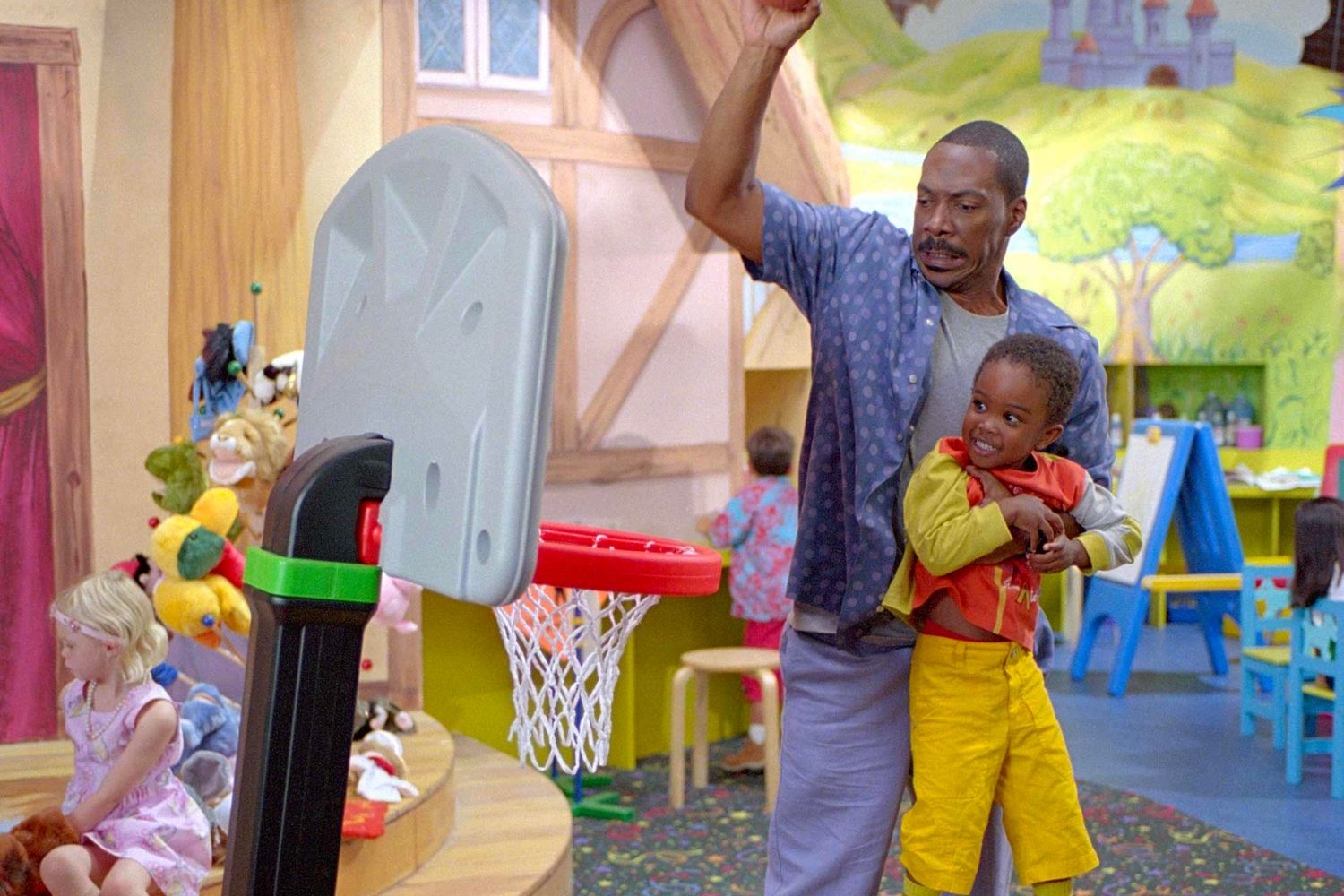The experience of welcoming a baby into the world is one unlike any other. Leaving the hospital with a baby in tow and suddenly realising you’re responsible for it’s livelihood and wellbeing is one of the more jolting moments of clarity in one’s life, but those first few weeks are also something special. Sure, there’s the sleep deprivation and the chaos that comes with a newborn in the house, but there’s also the unquantifiable joy that comes with experiencing those firsts – the first smile, first laugh, first discoveries. It’s not hard to see why having to return to the office after only just a few weeks or, in some instances, days, can be a difficult affair.
But under new plans currently being discussed by the Labor government, fathers could soon be entitled to 20 weeks of paid parental leave. According to reports from The Australian, the government is considering reforming the current paid parental leave system to encourage more fathers to take it in the first two years of their child’s life.
Such changes would bring greater flexibility to the homes of new parents, allowing families to feel more support thanks to government funded paid parental leave. According to social services minister Amanda Rishworth, the change is one she readily welcomes. As Rishworth suggests, more men would likely have the opportunity to become primary caregivers when they have a child, something many of them want. Rishworth also believes these discussions will lead businesses to have more open and honest conversations with employers about how best to create a system that will work for families.
As it currently stands, paid parental leave funded by the federal government offers a primary caregiver – which, in heterosexual relationships, is most often the mother – 18 weeks of leave at the minimum wage. Men often receive two weeks of “partner pay” as secondary carer. With both parents then entitled to take up adequate parental leave, women could feel greater support when it comes to their own participation in the workforce. It also is worth noting that removing labels like “primary” and “secondary” carer will encourage more fathers to take parental leave.
Families advocacy group, The Parenthood, are urging Labor for a 12-month parental leave scheme shared between a couple, paid at the full working wage. Meanwhile, recent data from the Workplace Gender Equality Agency show three in five employers now offer paid parental leave in some form to their employees. This paid parental leave from firms is more generous than the government’s offering, with KPMG recently increasing its paid parental leave scheme to 26 weeks, with no “primary” or “secondary” career status.
As Women’s Agenda reports, “Paid parental leave policies that encourage shared responsibility between parents for the care of children have shown to promote women’s participation in the paid workforce, and also set up a pattern of a more equal division of care work between partners.”















